Modular product development

Let’s talk about how you can make products in a clever way, using the modular product development technique. I suggest you get yourself a nice cup of tea for this, and decide if you’re in the mood for watching the video where I explain this or the blog version below the video. They’re both roughly the same guide to modular product development.
You need to go modular when you’re serious about products
First of all, why on earth would we want to do this? When you’re serious about building a product-based business, pivoting to products, then you are going to need more than just one little side hustling extra product. You need to have several products out there. And the reason why I say this is because I’ve studied and worked with so many people who have built successful product-based businesses. And I’ve seen how my own business has gone. You have to have more than one product, you have to have several products in order to get a success. It just seems to work that way.
It is very unusual for somebody to be able to free themselves from having to do any service-based business. To get rid of the projects and billable hours, you have to have a product ecosystem. And the best way of building multiple products quickly is to use modular product development.
What’s a product ecosystem?
A product ecosystem is a number of different products, all aimed at the same audience. That audience can access your products in different ways. You might have different price points, you might have different ways of working with people, you might have some that are standalone, and they don’t need you at all. For some of them, you’re in there a little bit like a group programme. Others might be fully productised services or a premium product at a nice high price.
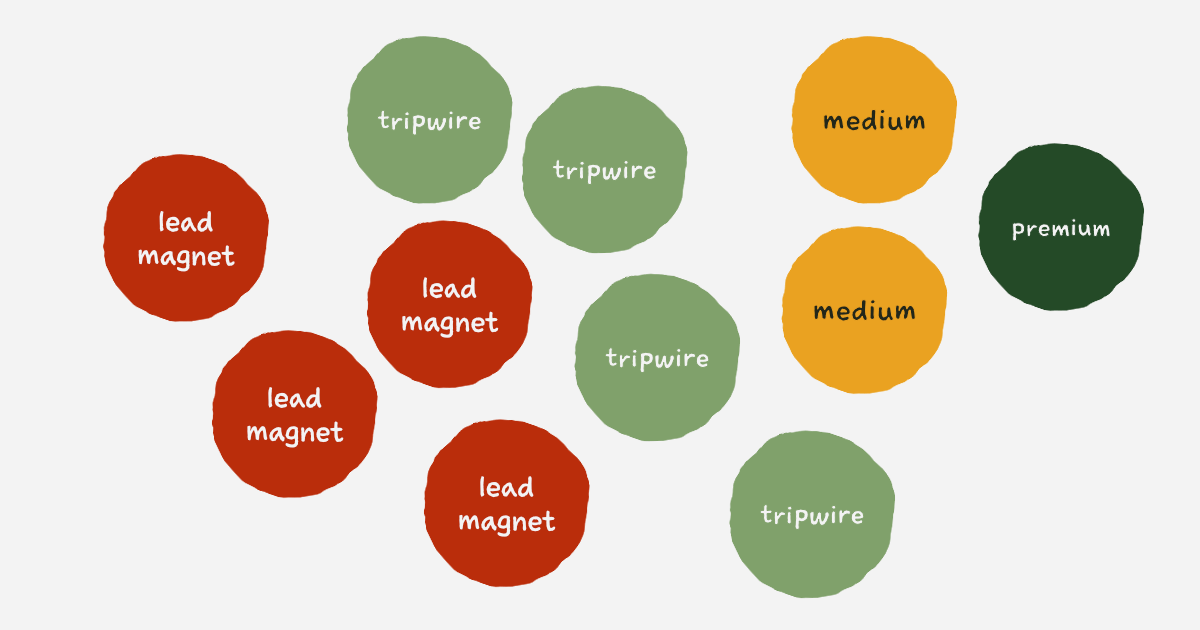
Read more about product ecosystems here
Let’s look at how you can build that product ecosystem without taking the nine years it took me to learn from my mistakes.
If I were starting again building a product based business, I would use modular product development.
I would sit down and work out

From this I would then carefully work out very specifically what problem I’m solving for them. Ideally, I would talk to a large number of the kind of people who I want to help and find out how they want to be helped and how they talk about the problem I could solve for them.
Only then do we think about how to make products that are going to help those people with their specific problem and what are a number of different ways to do that. From this we can think about different product formats, price points etc and how we can use our modular development approach.
We do this in depth in my Productise Your Expertise programme, and we spend quite a bit of time on it, brainstorming different versions of products, possibilities, and ideas.
What is the least hassle?
So, what can I do quickly, cheaply, and easily? What do I already have? What have I started on? And what will be my highest revenue generators? Quick tip – these might not necessarily be the highest-priced ones.
Let me give you some details on this modular development process
You might have some documents which you’ve already made that can be made into products. You’ve probably got a process that you use with clients all the time. And all you’ve got to do is write up that process in a way that your clients can do it for themselves. They buy your process, not your time.
Or you’ve got a blog post, which is already a long blog post on a subject that you know extremely well. You write that into a bigger version that becomes a 16-page ebook.
You might have a process that you’ve always kept secret. It’s what you do for clients or what you do for your own business. And you write that up and put that on sale as a little product.
And then you think, “Right. I’ve got the ebook version, and I’ve got the tool version; how can I make that into a different format, say, a mini-course? You can see how all the modules are adding up now.
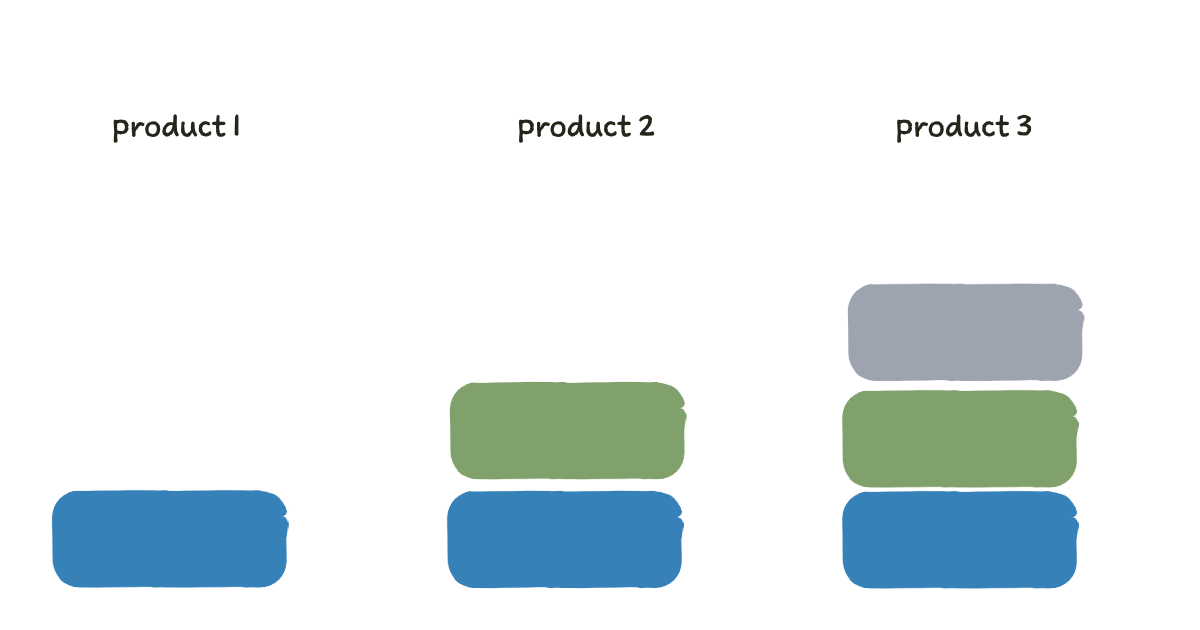
At this stage, we’re looking for products that might not have a massive price tag but are simple and easy to use.
This is part of the modular product development; we start building up those building blocks of products that are quite easy to put together.
I call them products that you can make in a weekend.
Test your basic modules
We want to put those on sale and start testing what people are responding to. At this stage,we’re constantly checking, testing, and putting things in front of our audience.
If you go through that process with, say, a big piece of software or a product that’s very detailed and complex, and then nobody’s really interested in that, you’ve wasted a lot of time. It’s better to go from a simple product and build that up over time using modular product development.
So you see how this becomes modular. You start with a few Lego bricks, try it out. And then you can build the whole fort or Lego town.
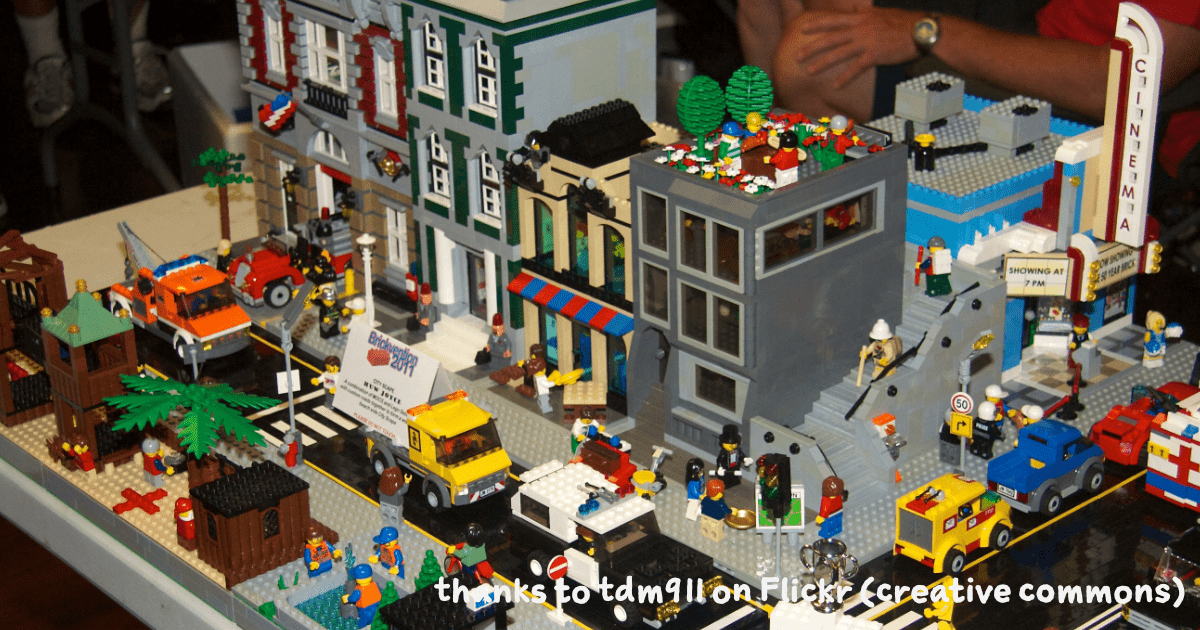
Simple modular development with productised services
Some of the simplest, easiest products that you can get out there pretty quickly are just packaging up a chunk of your time. Now, I know I’ve said that we want to get you away from selling time for money. And we do. But a lot of people still really enjoy spending time with clients, they just want to have some control over it and say, “I’m only going to see people on Wednesday”, or “I’m only going to go and see clients for an hour at a time rather than a whole day on-site”. My version is, “I’m only going to do this online, so I don’t have to leave my comfy chair.”
And with that, you can build up some very simple, quick, productised services. We start with the simple modules, for example, selling an hour of your time to help someone solve a specific problem and then move up to the more complex engagements.
Find out more about productised services here
Bigger productised services and premium products
And then you start thinking about right, what are my other productised services? What are my premium products? Do I want people to buy the little ones and then go into the bigger ones when they trust and love me? Just like putting together a piece of Ikea furniture, it pays to work out which parts connect together and in what order, before you start putting this together.
Assemble your modular product ecosystem
You start to assemble your product ecosystem. Put it all together. You get your priority simple products out, plus build some productised services that maybe later you’ll turn into standalone products. And you develop some premium products as well. Premium products might be group programmes, masterminds, or mentoring groups. Or they might be a done-for-you productised service. Often, this is what you used to do for clients, but you’ve changed the price tag now because it’s productised. And it looks way better.
The clever part of modular development
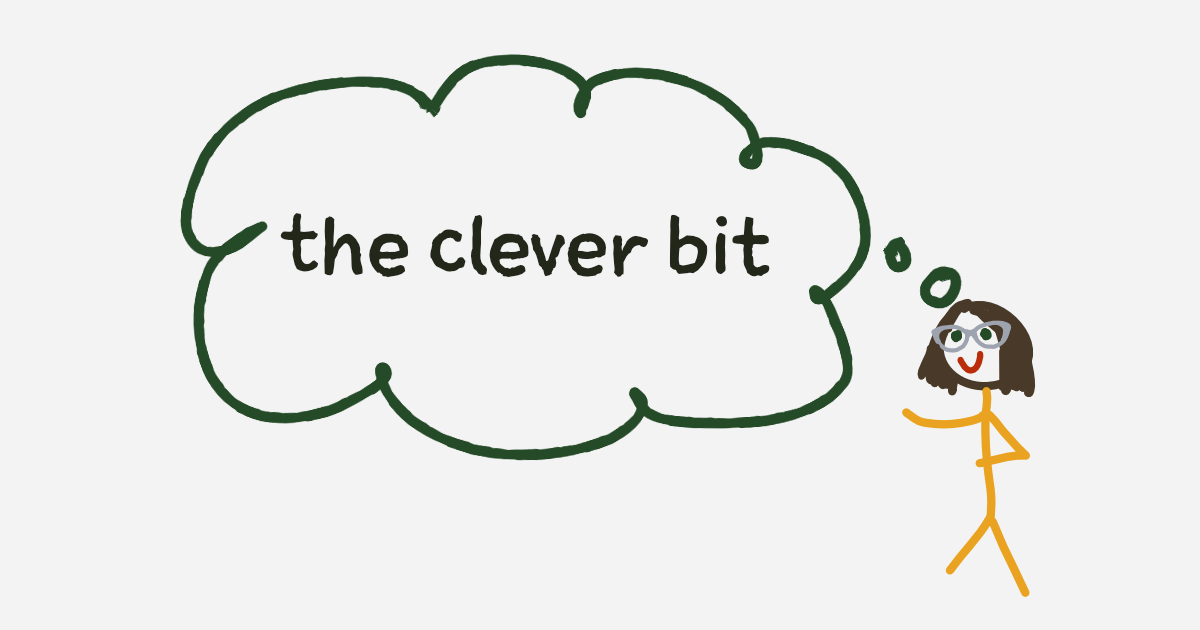
Then, we get into the clever part of modular product development. We can use the simple elements within your more advanced versions.
Silly example – carrot permaculture
If you are doing a course on carrot permaculture and you’ve already done your PDF guide to carrot recipes and the carrot Power Hour, you can take the knowledge from all the power hours that you’ve sold and the deeper thinking you did when you wrote the PDF guide. This becomes one of the building blocks of a more advanced course that you sell.
A silly example, but you see how it works.
At this point, building the course becomes much simpler because you’ve done a lot of the deep thinking about how to explain things, which is the difficult part of building a course. And you’ve got some of the parts of it already. If the price of the course is $200, you can say, “You get my carrot guides, which are worth $50, for free as part of it”. It doesn’t cost you anything to include that carrot guide because you’ve already done the work to make it and the people who buy the $200 course were never going to buy the $50 guide.
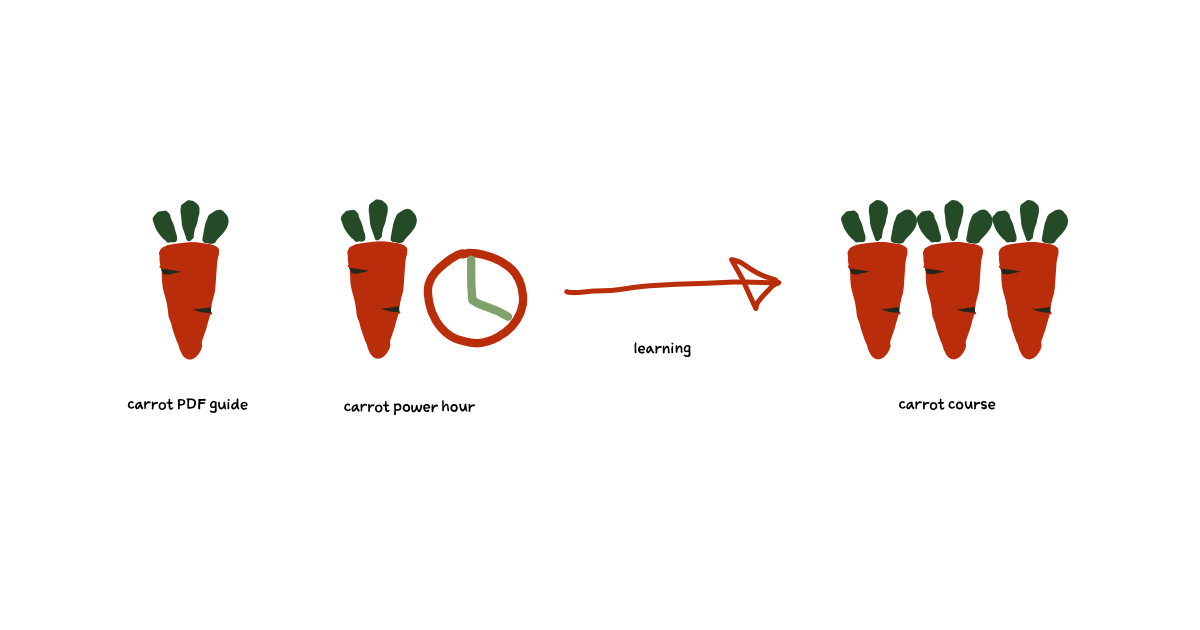
This also works if you’ve built a tool as one of your more simple products. Again, that can be included in a more advanced product.
Two-year modular development timeline
Consider how you can put this together and start planning ahead. Give yourself a generous two-year timeline to start developing all of this and schedule enough time in that to do the work.
Allow yourself time for brilliant new ideas that come from talking to customers while getting your first products to market. You can add in some juicy extra modular products along the way.
Re-use your product modules in your marketing
When using this modular product development approach, you can use parts of all of this within your marketing. Quite a lot of the videos on my YouTube channel are cut-down, re-edited versions of the videos on my courses. And a lot of the videos I put on LinkedIn are cut-down versions of those YouTube videos.
People watch the productising videos on YouTube or LinkedIn, and then they pay money for the more full-on courses that guide you through with help and support. By making the videos for the course, I’ve already created quite a lot of the marketing material. One of my mistakes to learn from is that I didn’t realise I would want to do this when I recorded my first videos for the Productise Your Expertise programme. And I kept saying “in the next video, we’ll look at X” or “In Productise Your Expertise, we do this” which meant that I couldn’t easily re-use that video content for marketing or in my subsequent courses. Always make it so that each piece of product content can be reused in different ways – make it modular.
I make a number of Mission Guides as lead magnets. These are my PDF guides to different aspects of productising. Each one of the lead magnets can be cut up for social posts.
Think about…this I can use for marketing. This part I can use as part of my email nurture flow. Those words can be part of my sales page. I can use this course video as a demonstration video.
The promise of modular product development
I promise you that modular product development will make your journey to building a successful product-based business much faster and more effective. You will actually get to where you want to go and have a whole lot more money coming in. It will be so much more enjoyable, and you will learn so much along the way.
I wish I’d known this back in 2014 when I started making my first products. Please run with it, have a great deal of fun, and make lots of money from it.
